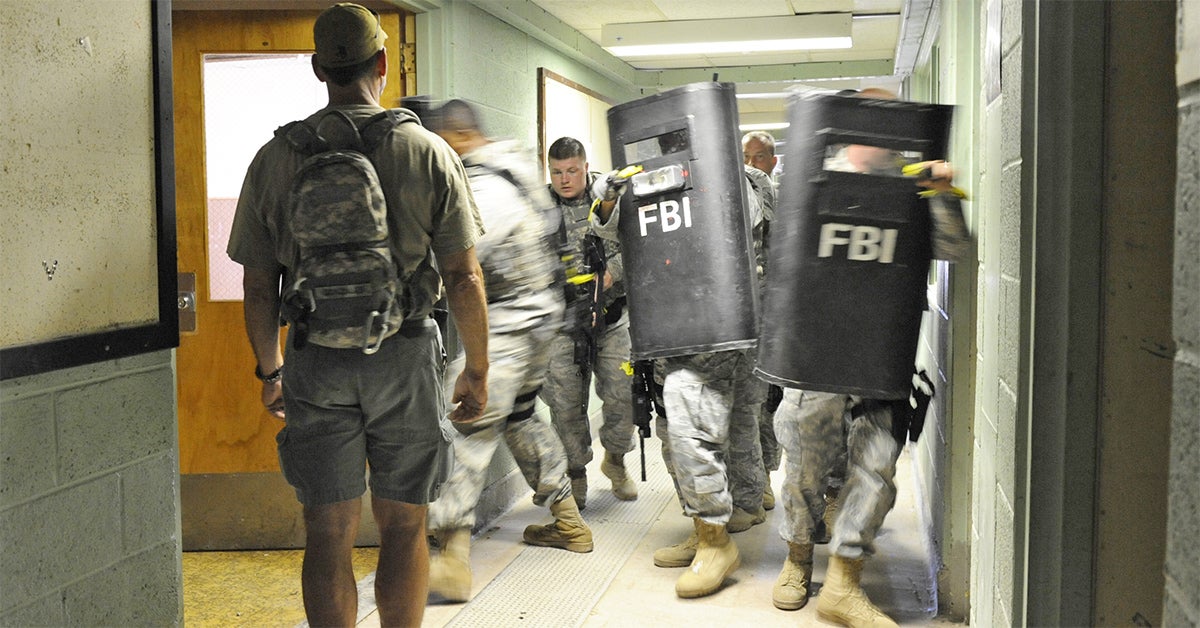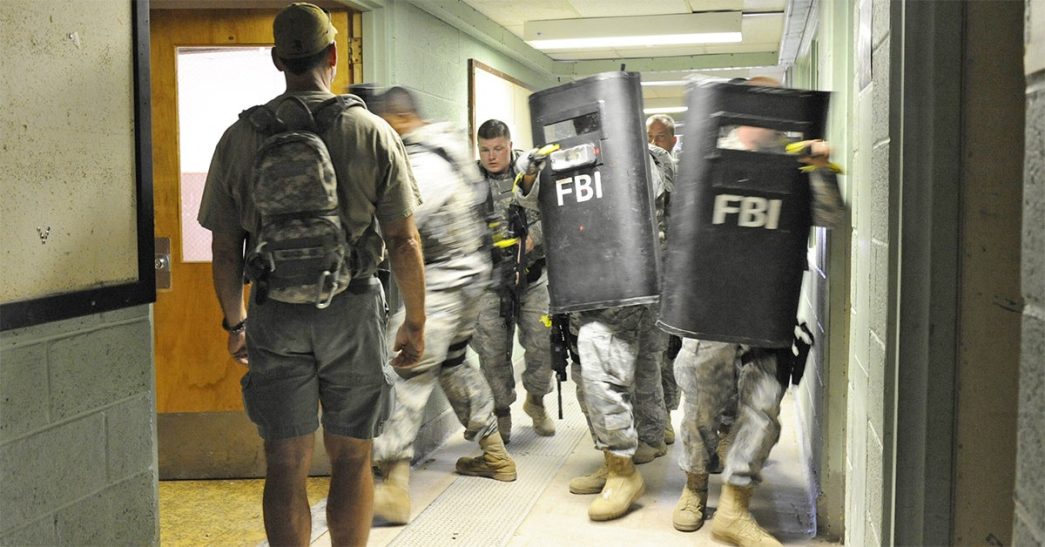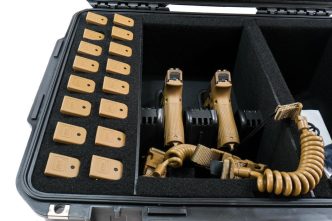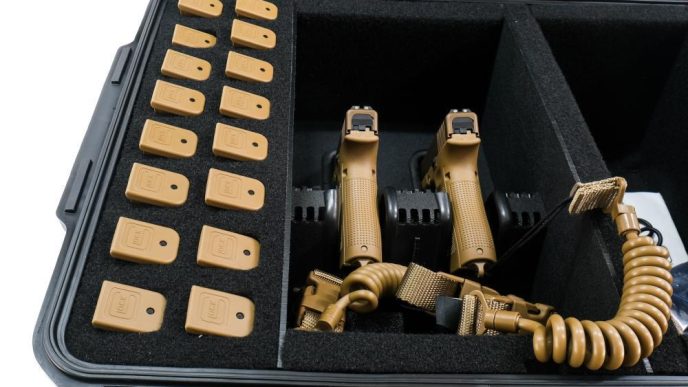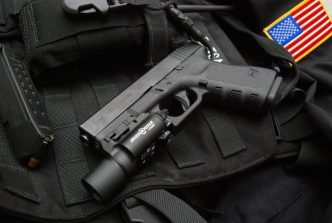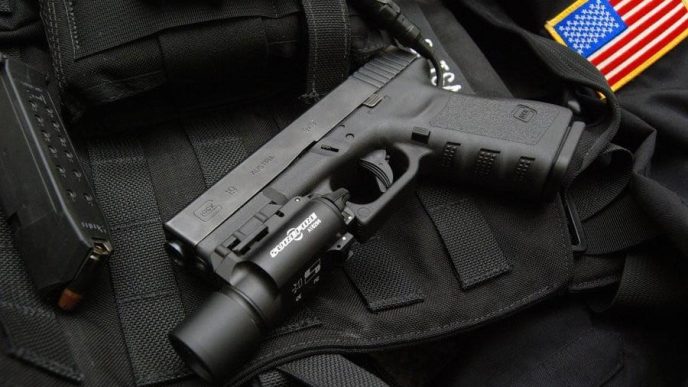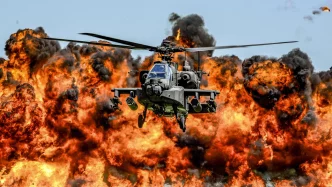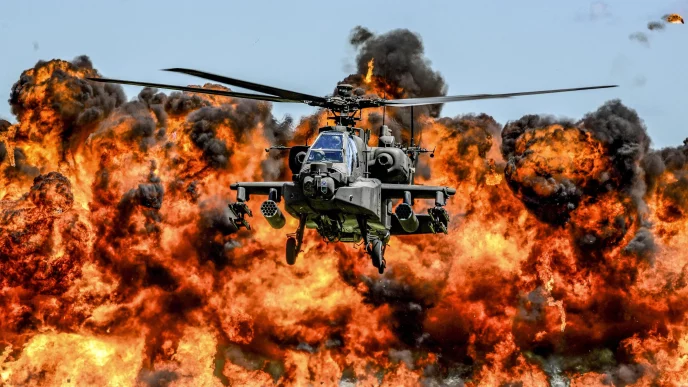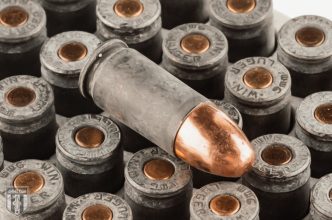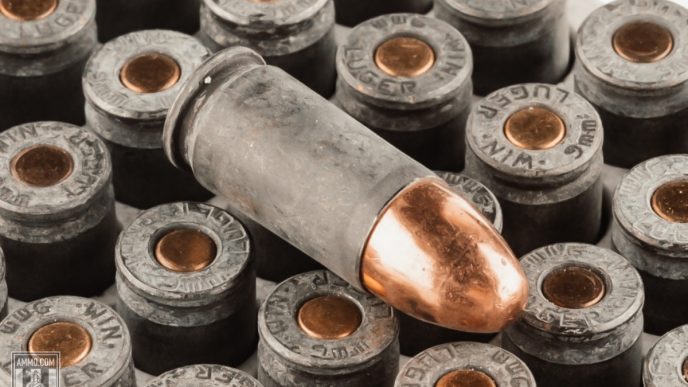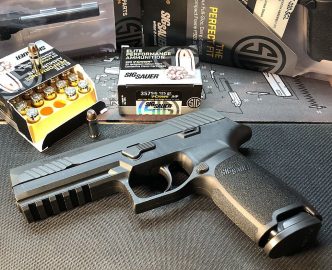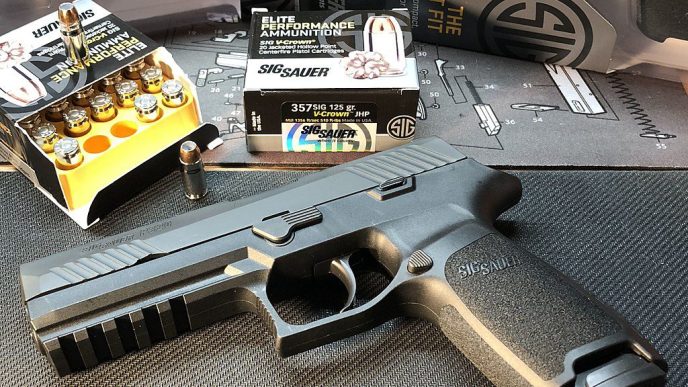Tactical shields, also called ballistic or bulletproof shields, are a form of protective gear employed by law enforcement, military units, and paramilitary organizations. These shields are designed to deflect bullets and other projectiles from the user and defend against less dangerous threats such as thrown items. In police tactics, these shields are extensively utilized. However, in military operations, their usage is limited due to their weight and the enemy’s use of high-powered, armor-piercing ammunition.
Introduction
Hand-held shields have a long history of protecting individuals from physical harm. In ancient times, they deflected blows from swords, knives, spears, and arrows. Today, they also serve the purpose of stopping ammunition fired from firearms.
Protective equipment has always been in opposition to weapons. In the past, people used materials readily available to protect themselves, such as animal hides and bones, stone, wood, and metals. Today, with technological advancements, personal protection still serves the same purpose: to prevent or reduce the possibility of injury.
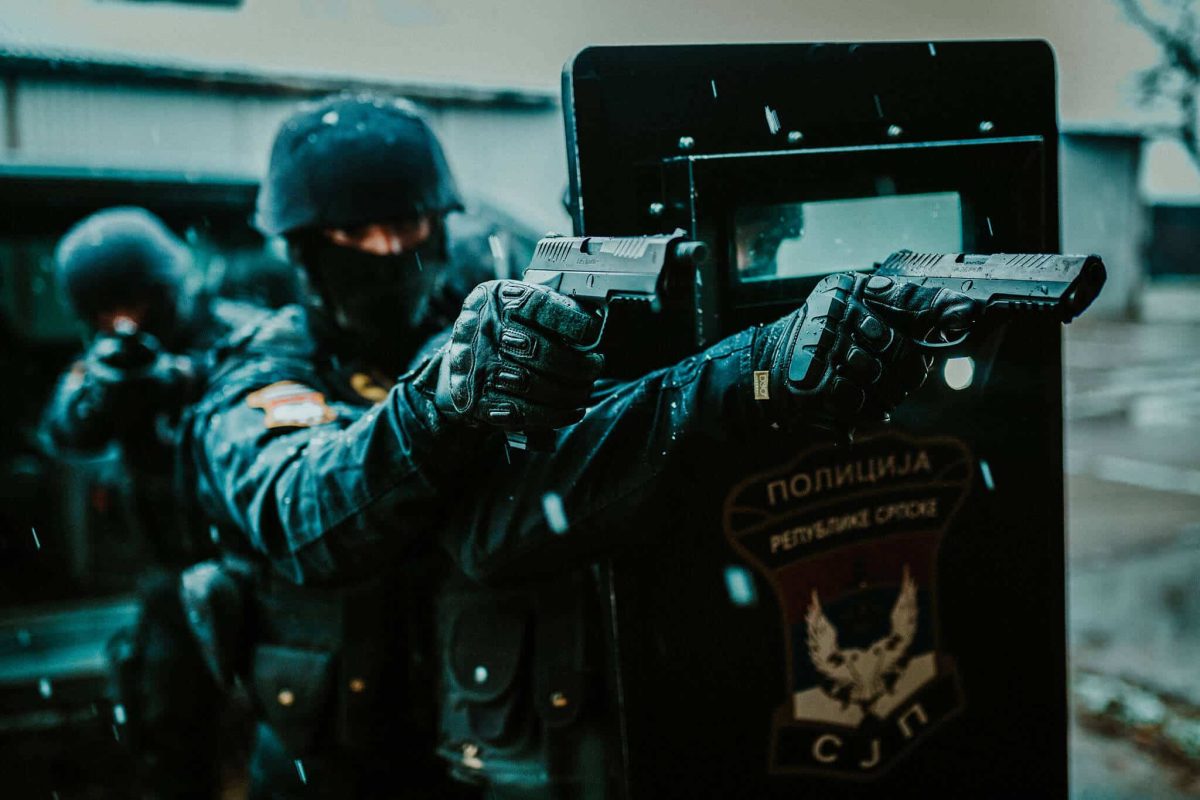
A shield can be defined as a physical barrier between the user and potential threats. Historical evidence, such as drawings found at ancient sites in Egypt, indicate that shields were used in military formations. Antique metal shields, although impressive, were used primarily for ceremonial purposes as they were too heavy to be practical in battle. Wooden shields, on the other hand, were more commonly used as they were lighter, easier to maneuver, and more affordable. However, the development of shields also prompted the creation of weapons designed to neutralize their effectiveness, such as the Roman pilum spear, which was thrown at the opponent’s shield to disable it.
Master’s skill
A shield is a form of passive protection that is a mechanical barrier against various threats during an opponent’s attack. Its design and construction vary depending on the availability of materials and the skill of the craftsman. The user’s physical characteristics, such as build and strength, also play a role in the shield’s design. Additionally, the tactics used in battle and other factors that directly affect close combat also influence the shield’s design.
Ancient shields were primarily used to deflect and stop blows from hand weapons such as knives, swords, spears, battle axes, and arrows. Today, shields also have the added task of protecting against modern ammunition fired from firearms. While the shield was once phased out of standard warrior equipment with the advent of firearms, it has regained importance recently due to an increased focus on the safety and well-being of soldiers and police officers. Technology advancements have also led to the development of new, lightweight, durable materials such as ceramics, composites, plastics, and more.
When looking at modern shields, it is important to distinguish between police shields used for securing public gatherings and maintaining order and tactical ballistic shields used for protection against sharp objects and projectiles.
Standards and levels of protection
The National Institute of Justice (NIJ) is a research and standardization institution within the US Department of Justice. It conducts scientific research on criminal phenomena and evaluates security products intended for use by law enforcement and defense forces. Since the 1970s, NIJ has been standardizing and evaluating protection levels for various forms of equipment, primarily ballistic protective vests. The evaluations are based on the type of ammunition the equipment can protect against and are conducted objectively without considering the materials used to construct the product.
To meet NIJ standards, the bullet must not penetrate or make a hole in the protective vest, and the vest must protect against injury. NIJ has standardized five levels of protection, which are internationally recognized and accepted: IIA, II, IIIA, III, IV. Products with protection level I can be found on the commercial market, but they do not meet NIJ standards. The “A” designation in levels IIA and IIIA means that the protective properties are more effective than the level below but do not meet the standards of the next higher level. Level IIA and lower levels provide “soft” protection, while “hard” protection requires level III or higher, including ballistic plates.

Level IIA should protect against 9mm FMJ RN and .40 S&W FMJ bullets fired from pistols and revolvers. It is typically made of lightweight, ergonomically adaptable materials such as fabrics arranged in multiple layers. However, new materials and technologies are increasingly replacing Level IIA as they can provide higher levels of protection with less mass and bulk. Level II protects against bullets in caliber 9 mm FMJ RN and .357 Magnum JSP and is a higher level of protection than Level IIA. Level IIIA includes protection against the calibers .357 SIG FMJ and .44 Magnum SJHP and is considered the highest level of soft protection.
A serious product
Level IIIA is considered the first serious protection for military, police, and other armed services, including security guards, as it offers maximum protection while still being comfortable and easy to wear. It is also available in a hard option in the form of plates. Some commercial manufacturers even offer an additional gradation, such as level IIIA+. Level III protects against 5.56 and 7.62 mm FMJ projectiles fired from rifles and is considered a transition to hard protection. It includes more resistant materials such as metal plates, composites, and/or their combinations. Level IV, the highest level of protection, is designed for military personnel and is considered hard protection. However, recent advancements in materials and technology have made level IV protective plates more manageable in terms of weight.
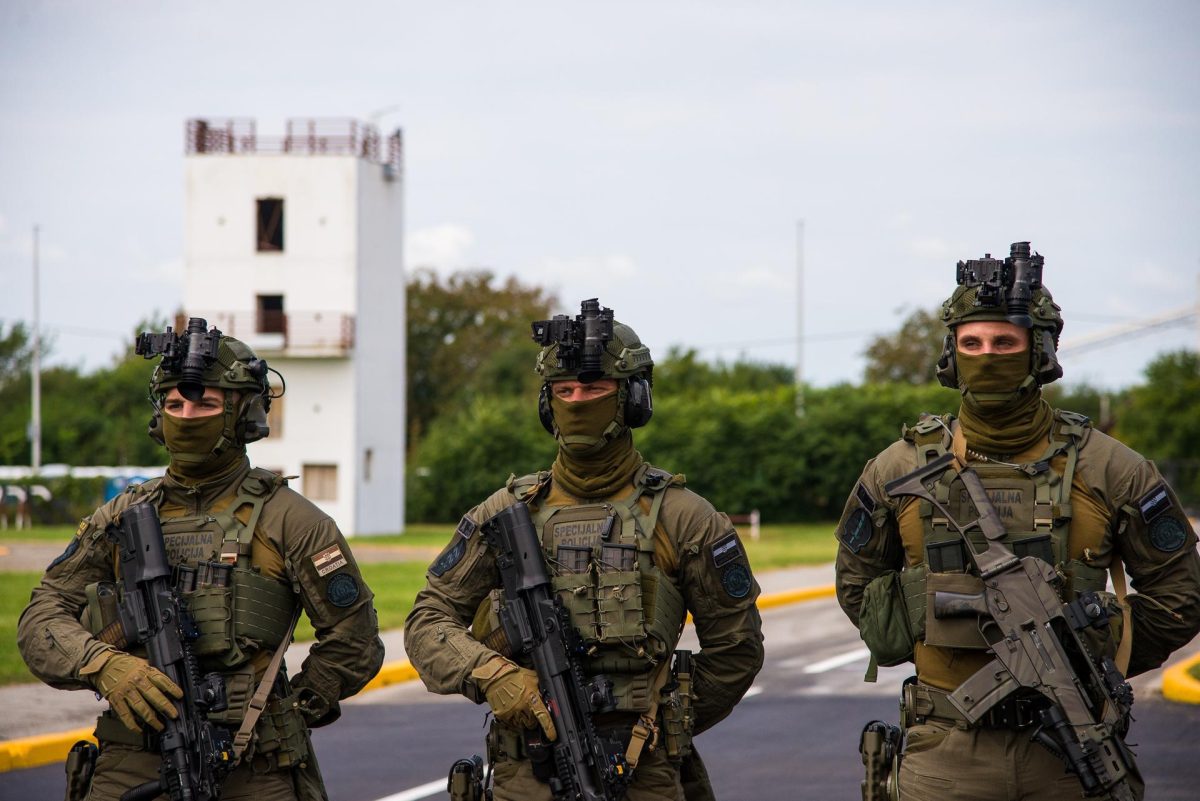
In addition to the American NIJ, NATO has a military standard for ballistic protection and armor known as STANAG 2920. Croatian manufacturer of protective equipment, Šestan-Busch, has a test laboratory for testing its products according to STANAG 2920 and NIJ standards. In addition to personal protective equipment, STANAG 2920 is also used to measure armor systems for armored vehicles. Combining soft and hard protection is common for better user protection. This is because combat units are rarely exposed to injuries or deaths from bullets, but there is a high risk of direct and secondary fire from various weapons and fragmentation of their missiles.
Selection criteria
Tactical ballistic shields should not be considered the sole solution for protection but rather an integral part of overall protection, used in conjunction with a plate carrier, protective helmet with a visor, and other equipment. As with personal protective equipment, ease of use is a crucial criterion for shields and barriers. Durability and usability over a longer period are also important factors to consider, as is the resistance of the construction to external influences such as moisture, vibration, mechanical shocks, heat, cold, and chemical agents. In addition, affordability is an important consideration, especially when procuring large equipment, as is the case with the police and military. Furthermore, the shield must be maneuverable, depending on its size and weight. If the dimensions and weight increase significantly, a stand with wheels for easier manipulation is often used. The possibility of use by left- and right-handed individuals is also important.
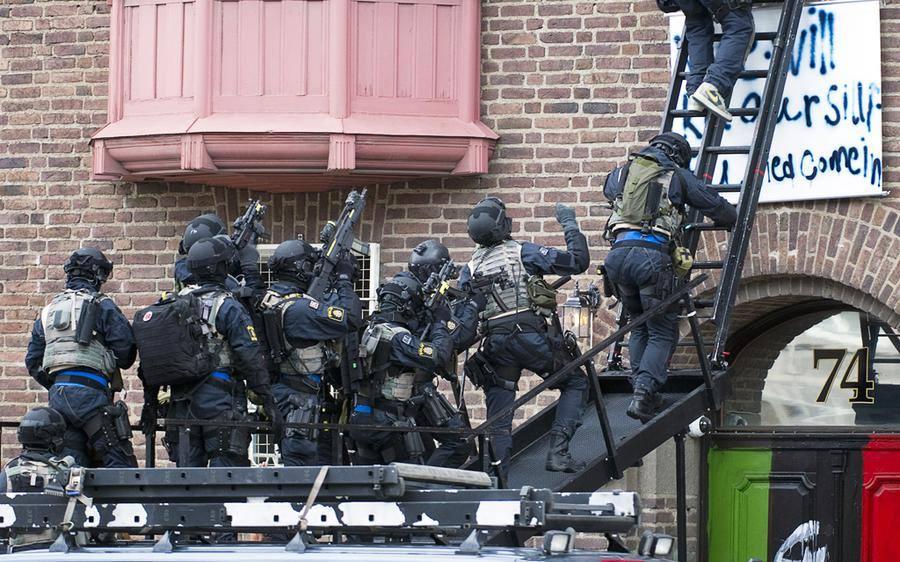
One of the most innovative shield solutions is transparent materials, which allow for visibility through the shield. This technology has recently been adopted by the military, police, and other high-risk occupations. In addition to providing additional protection, transparent shields allow for excellent situation visibility, which can speed up decision-making processes in moments of crisis. To ensure the safety of both the soldier and those they are facing, it is crucial to have a clear and legally regulated differentiation of targets and threats. Transparent shields with adequate ballistic protection are available on the market but are less commonly used in operational settings. More often, shields with built-in transparent openings are used, with an appropriate level of protection. They can be fixed, foldable, or flexible and can be equipped with additional equipment such as headlights, markings, and institution inscriptions. Other forms of ballistic protection include ballistic panels for bags, briefcases, backpacks, ballistic glasses, ballistic blankets, and even ballistic traffic signs for entering protected areas.
A matter of compromise
When evaluating personal protective equipment such as vests, ballistic plates, shields, and others, it is important to consider the various standards and testing protocols they must pass. Standards such as the American Mill STD 662 E, the British UK/SC/5449, or the NATO STANAG 2920 all outline specific testing procedures that must be completed before any equipment is deemed suitable for use in ballistic threat situations. To pass these tests, the equipment must be well-engineered and designed to withstand ballistic threats, even after years of continuous use.
When making a purchase, it is important to consider the level of protection required for the specific circumstances and threats encountered. While the highest level of protection may be available, it may not always be the best option for the intended use. Factors such as the activities being performed, the location visited, and potential threats in the area should all be considered when choosing appropriate equipment.
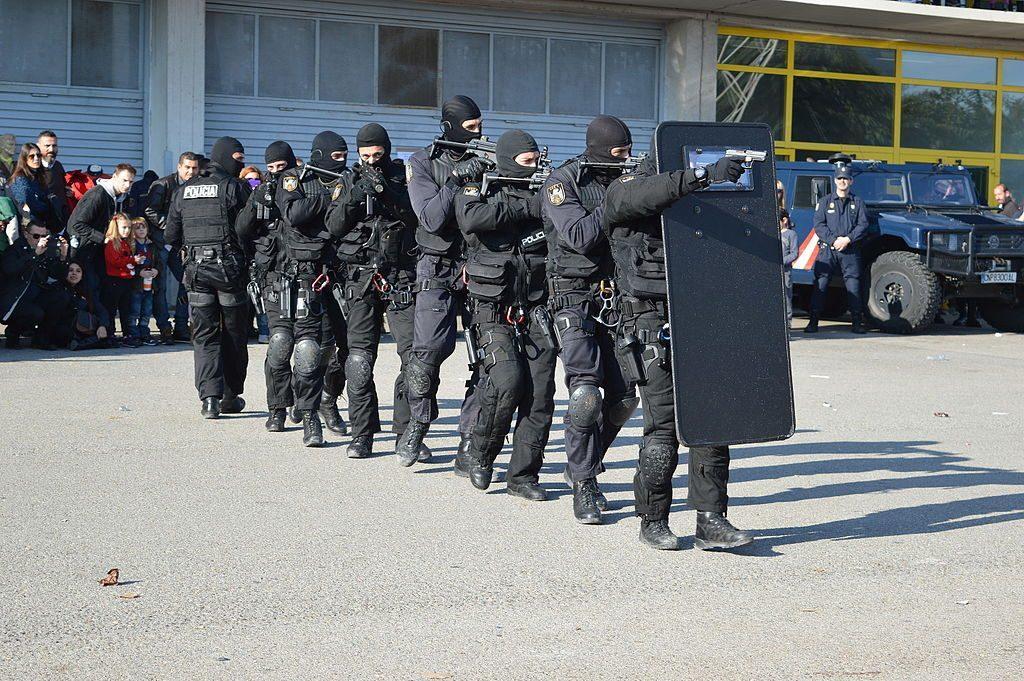
Modern materials used in the production of ballistic protection have advanced significantly in recent decades, resulting in a reduction in the weight and thickness of the protection. However, it is important to remember that protection and mobility are often inversely related, and the appropriate level of protection should be chosen based on the specific needs and goals of the user. Ultimately, protecting the health and lives of individuals should be the primary consideration when choosing the right level of protection.
Japanese obstacle
Throughout its almost 700-year history, the samurai were the hereditary military nobility and officer caste of medieval and early modern Japan. Armor was also a symbol of their position and political status. Before the advent of gunpowder in feudal Japan, combat tactics favored the use of cavalry as the main form of warfare, with support from infantry using spears and bows.
As a result, shields were not used as hand-held weapons but as obstacles placed in front of infantry to protect them from enemy arrows and spears. Horsemen were already equipped with multi-layered armor made of several smaller panels, similar to small shields, which ensured both protection and mobility on the battlefield. An interesting drawing from 1847 depicts Okajima samurai Yasoemon Tsuneshige, who participated in the historical incident known as the revenge of the 47 rōnin in 1703.
NIJ standards
The National Institute of Justice (NIJ) has created a schematic representation of small arms ammunition with protection levels according to its standards. This is a detail from the NIJ’s leaflet “Understanding NIJ 0101.06 Armor Protection Levels.” Jobs in the security field in state bodies and institutions require decisions on the minimum standard for each workplace, which can increase the risks to the safety of personnel and, thus, the level of necessary protection.
Interesting solutions
The innovative “origami” foldable Kevlar ballistic barrier from the company ATCS (Advanced Technology Compliant Solutions) was developed based on research from experts at Brigham Young University in Provo, Utah. It has the potential to provide greater protection and lower mortality rates for police officers who wear ballistic vests, as concluded by a study conducted by the American FBI. While Kevlar and similar materials have been in use for a long time, the paradigm in the field of personal protective equipment has shifted to focus on continuous adaptation to modern risks and dangers to the human body.
Another interesting concept is the Ladder Shield, offered by the company Patriot3, which combines a ballistic shield and ladder. The shield features horizontal bars that can be used for climbing or crossing obstacles, providing protection and the ability to quickly navigate a space when quick reaction is crucial for safety and survival. This solution replaces traditional folding or fixed ladders, usually carried by a tactical team member during an intervention.
